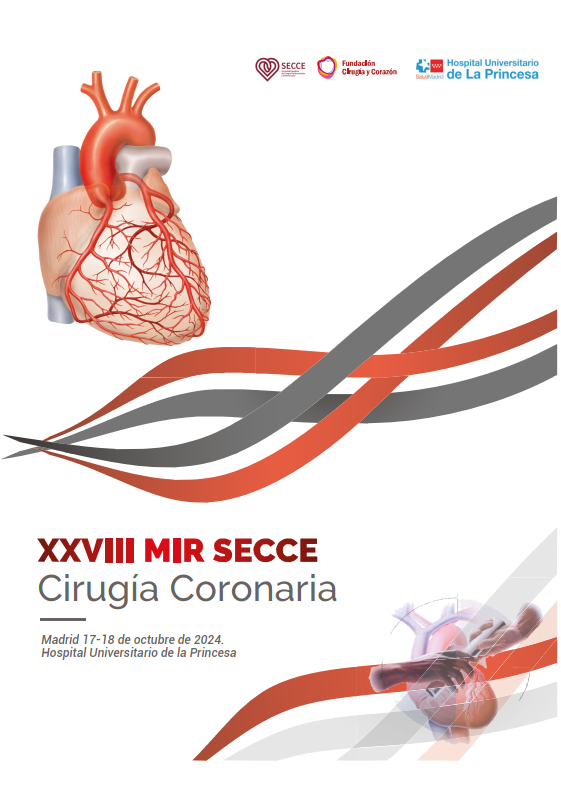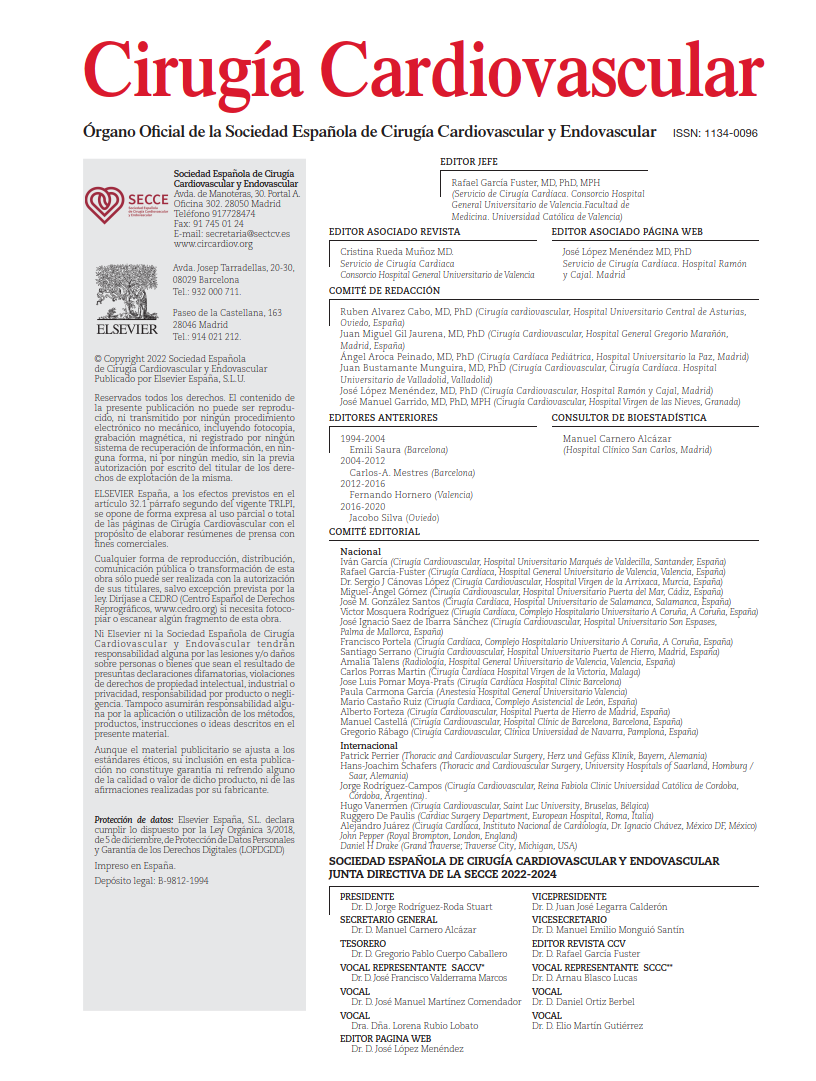Currently, a wide range of options are available for treating venous disorders, and selecting the most appropriate strategy requires careful evaluation of several preoperative factors:
- Affected venous territory
- Patient comorbidities and baseline status
- Pre- and postoperative management needs
In vascular surgery, two therapeutic approaches are generally considered: open surgery and endovascular treatment. While the roles of both are well delineated in arterial surgery, the venous field lacks robust evidence to guide clinical decision-making, particularly concerning thoracic and upper limb territories.
In January 2025, Chawla et al. published the first meta-analysis of its kind, compiling existing data on outcomes following the use of venous stents in the superior vena cava, brachiocephalic trunk, and subclavian veins. The meta-analysis included 39 studies (36 case series and 3 cohort studies), totaling 1539 patients. Retrospective outcomes were assessed, focusing on three key patency metrics:
- Primary patency: Refers to the period during which the stent remains open without the need for additional interventions after its implantation.
- Assisted primary patency: The stent remains open but requires some preventive or maintenance intervention (such as angioplasty) to prevent occlusion.
- Secondary patency: Indicates that the stent has become occluded but was subsequently reopened through reintervention (such as thrombolysis or angioplasty).
A distinction was made between benign causes (iatrogenic or extrinsic benign compression) and malignant causes (mediastinal tumors).
Primary patency decreased over time: 81.5% at 1 year, 63.2% at 1 to 2 years, and 35% beyond 2 years. However, assisted primary and secondary patency increased to 72.7% and 76.6%, respectively, emphasizing the importance of close ultrasound surveillance. Interestingly, primary patency was significantly higher in malignant cases compared to benign ones, although follow-up beyond 2 years was unavailable, likely due to the limited life expectancy of patients with malignant conditions.
This study presents relevant limitations. None of the included studies were randomized or controlled trials, compromising the quality of evidence. The included studies showed moderate heterogeneity, with an I² of 36% and p = .82 for primary patency, with similar results for the other outcomes assessed.
Overall, the findings suggest a low level of evidence and uncertain results. However, if these limitations are addressed in future studies, more solid recommendations could be established. The authors concluded that stenting remains a valid option for managing venous disease of both benign and malignant origin. In selected cases where surgery poses a prohibitive risk, stenting may even be the only feasible therapeutic alternative.
COMMENTARY:
Currently, no high-level evidence exists to generate consistent recommendations for the treatment of veno-occlusive disease. While the use of venous stents in the iliofemoral territory is already supported by acceptable guideline recommendations, no such guidance is available for the superior vena cava, brachiocephalic trunk, or subclavian vein—likely due to the lower frequency of disease in this region.
Endovascular therapy offers clear advantages over open surgery, yet its recurring drawback lies in the long-term durability and patency of implanted stents. In the future, intravascular ultrasound (IVUS) could provide real-time intraluminal measurements and vessel assessment, significantly improving procedural outcomes. Until higher-quality evidence is available, treatment should be individualized, weighing the specific risks and potential benefits for each patient.
One key point indirectly emphasized by the article is the critical role of ultrasound surveillance in endovascular therapy. Early detection of complications and timely reintervention may substantially improve long-term patency.
Although current evidence remains limited, the publication of future randomized studies could enable the development of solid clinical guidelines for managing these patients.
REFERENCE:
Chawla S, Zhang Q, Gwozdz AM, Wijaya J, Tiwana B, Tincknell L, et al. Editor’s Choice – A Systematic Review and Meta-analysis of 24 Month Patency After Endovenous Stenting of Superior Vena Cava, Subclavian, and Brachiocephalic Vein Stenosis. Eur J Vasc Endovasc Surg. 2025 Jan;69(1):139-155. doi: 10.1016/j.ejvs.2024.07.006.



